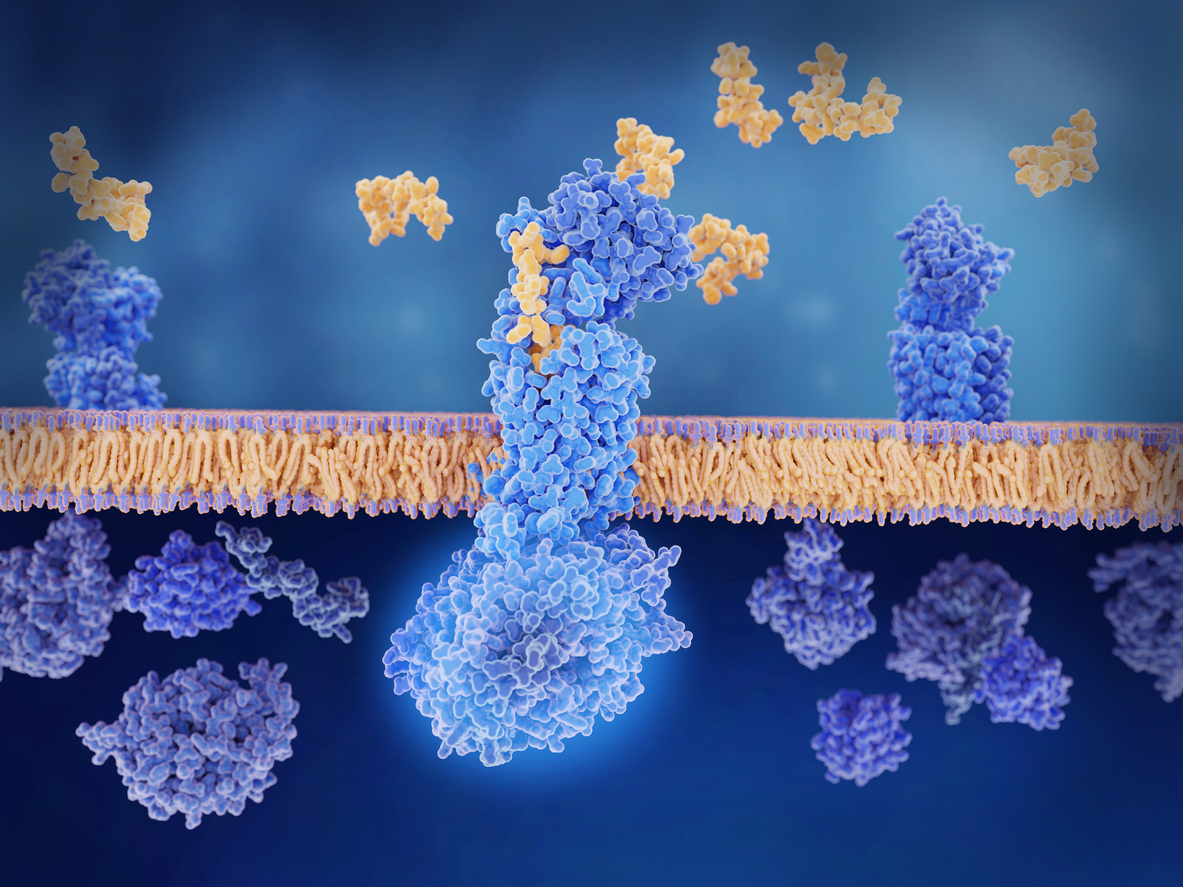CGRP as the target of new migraine therapies — successful translation from bench to clinic
You can now download the document here:
—–> CGRP as the target of new migraine therapies — successful translation from bench to clinic
Treatment of migraine is on the cusp of a new era with the development of drugs that target the trigeminal sensory neuropeptide calcitonin gene-related peptide (CGRP) or its receptor. Several of these drugs are expected to receive approval for use in migraine headache in 2018 and 2019. CGRP-related therapies offer considerable improvements over existing drugs as they are the first to be designed specifically to act on the trigeminal pain system, they are more specific and they seem to have few or no adverse effects. CGRP receptor antagonists such as ubrogepant are effective for acute relief of migraine headache, whereas monoclonal antibodies against CGRP (eptinezumab, fremanezumab and galcanezumab) or the CGRP receptor (erenumab) effectively prevent migraine attacks. As these drugs come into clinical use, we provide an overview of knowledge that has led to successful development of these drugs. We describe the biology of CGRP signalling, summarize key clinical evidence for the role of CGRP in migraine headache, including the efficacy of CGRP-targeted treatment, and synthesize what is known about the role of CGRP in the trigeminovascular system. Finally, we consider how the latest findings provide new insight into the central role of the trigeminal ganglion in the pathophysiology of migraine.






